YouTube Companion Video
Intro
Jurrangelo Cijntje is one of the most interesting baseball prospects of all time, because he’s doing something at a level we’ve never seen before.
While switch-hitting is a fairly common thing to see on a baseball field, switch-pitching isn’t… why? Well, pitching involves way more isolated movements and precise actions than hitting does. That is not a knock against hitting, I would simply say that pitching is more complicated than hitting at a glance. To learn how to throw from both arms demands an incredible amount of training that has never been a realistic task for pitchers to learn.
This article isn’t just about the difficulty of switch pitching, though; it’s about the realistic future for the most highly touted switch pitcher we’ve ever seen.
Pat Venditte put switch pitching on the map back in 2015 when he debuted in the MLB, but his career lasted just 5 years and resulted in a 4.73 ERA, marks that would generally make us forget about a pitcher pretty quickly. The only other true switch pitcher in baseball history was Tony Mullane, but he pitched well over 100 years ago, and we have no real way of knowing how good Mullane was.
The difference between Cijntje and these others is pure talent. Jurrangelo was a highly successful college pitcher and is now a top 100 prospect in baseball with a real chance of starting as a switch pitcher. Let’s get into the numbers to show you just how good Cijntje is.
Tool Grades
RHP - 55 OFP
FB - 60 - 96-98mph T99
CT - 55 - 86-89mph
SW - 55 - 79-83mph
CH - 50 - 85-86mph
Command - 50
LHP - 40 OFP
FB - 50 - 90-93mph T95
SW - 50 - 80-82mph
Command - 45
Arsenal
Jurrangelo throws about 90% fastball-cutter as a righty, with his fastball being an electric offering, sitting in the upper 90s deep into outings. His fastball gets batters to whiff roughly 28% of the time, garnering good chase numbers as well. It appears as if Cijntje has above average extension from a 5’11 200lb frame, giving him plus VAA on the heater combined with the great velocity. I do not have the actual numbers, but through video and performance, we can infer some of these things.
For example, Bryan Woo has a 30% whiff rate on his fastball, which is one of the best pitches in baseball. Cijntje’s fastball isn’t quite as good as Woo’s, but it has the characteristics to carry Jurrangelo throughout his career.
His cutter has a 38% whiff rate and a 28% chase rate. This pitch is right in line with another elite offering, giving Cijntje two double-plus pitches. He manipulates the shape on the pitch as well, sometimes throwing a harder, cutter-slider pitch in the upper 80’s, while also flashing a slower sweepier pitch in the low to mid 8’s.
The changeup is still a work in progress, with Cijntje throwing it sparingly. It has good early returns with great whiff and chase rates, but his feel for the pitch is still developing. If he can develop the changeup, he has a legitimate chance at being a mid to front-line starter.
Things are not quite as good from the left side, where Cijntje sits in the low 90s with his fastball and has only a sweeper as a secondary. Both pitches perform well enough in a vacuum, but there is a large dropoff with Cijntje when throwing from the left side. He has a much lower slot from the left side, allowing his fastball to play slightly up despite the low velocity. His sweeper is a strong putaway pitch for left-on-left situations.
This year, we’ve seen the Mariners toy with multiple different ways to deploy Cijntje as a lefty. At times during the year, he would have a second relief outing every week, only as a lefthanded pitcher. Lately, however, Jurrangelo has only been throwing once per week and has been prioritizing throwing left-handed in advantageous matchups. When I saw Jurrangelo, despite three lefties being in the opposing lineup, he only threw left-handed once his first time through the order. He threw lefty versus Charlie Szykowny, a hitter I have seen struggle with left-handed spin often. His second time through the order, he switched hands versus all lefties in the lineup, throwing lefty against the two left-handed hitters that previously saw him as a righty, while opting to throw right-handed versus Szykowny. When Szykowny came to the plate for a third time, Jurrangelo remained as a righty and gave up a three-run homerun to end his outing.
In my view, the Mariners are still figuring out the best way to deploy Cijntje’s handedness. It appears that they want to play matchups with Jurrangelo as a starting pitcher, rather than using him multiple times per week in a starting and relief role. The Mariners clearly don’t want hitters to see Cijntje from the left side too often, opting to mix in a right-handed AB after a left-handed one. As a two-pitch guy without much velo, Cijntje is being treated as a reliever from the left side, only facing batters once per game from that side.
Cijntje has developed well in his first full year of pro ball after being drafted as a draft-eligible sophomore, adding velocity on his fastball while sharpening up his arsenal. The command still lags behind everything else, and Cijntje is prone to hanging breaking balls that get hit for home runs. The good thing about these problems is that they are easily fixable with more reps. Jurrangelo just got promoted to Double-A, where he will likely spend the majority of his 2026 season as well, ironing out his shapes and pitchability before looking toward MLB time in 2027, as the Mariners don’t like to keep their top arms in Tacoma for very long if at all.
Mechanics
We’ve talked about the numbers and where Cijntje’s at now, next let’s dive into the mechanics.
As you can see, the mechanics are different on both sides. Cijtnje has actually commented on this before, saying that he sees both sides as completely independent from each other, with separate mechanical queues.
Jurrangelo begins his motion on both sides with a tight leg lift that is replicated well on both sides. He drifts forward down the mound in an ideal way, staying closed down the mound and stacked in his pelvis. I noticed the Cijntje is slightly deeper into his back leg when moving down the mound from the right side than from the left. Cijntje has above-average arm speed and hip shoulder separation from the right side, with a more open stride from the right side as well, allowing his hips to move slightly better through his motion. While there are very few differences in the mechanics from both sides, there are some key differences that explain why Jurrangelo throws harder from the right side.
As previously stated, his load into his legs is less pronounced on the left side, which doesn’t allow him to rotate his hips well enough to open them at landing. This decreases the hip-shoulder separation in his motion, causing less force to be produced through the throw. His slightly cross-fire landing from the left side also does not allow him to fully rotate his hips compared to the right side. His release angle is significantly lower from his left side, eyeballing it at around 10 degrees lower than his right side. At landing, Cijntje is also much more forwardly tilted with his trunk from the left side, with his momentum slightly more forward at landing than we would typically like to see.
Moving Forward
I do believe there are some clear steps moving forward that the Jurrangelo and the Mariners can deploy to maximize his value, all of which have likely already been thought through by the organization.
First off, I think continuing to switch pitch is the correct move. Jurrangelo struggles a bit right on left as is, so having the ability to throw from the left side is still important. Cijntje does a very good job of leveraging himself from the left side to get out all types of lefties, regardless of their splits. With his lower arm angle, Cijntje is leveraging his horizontal approach angle, essentially starting to break balls behind hitters' backs, which helps neutralize left-handed hitters that might be good at hitting left-handed pitchers. I also believe that Cijntje would have already added a third pitch from the left side if he needed to, making me think the Mariners are content in having him be a two-pitch guy from the left side.
As previously discussed, Cijntje’s pitch mix from the right side is heavily reliant on his fastball and cutter, while mixing in a sweeper and changeup occasionally. To give Cijntje more options against righties, I would consider adding a cutter (likely seam shifted) into the mix, giving Jurrangelo the ability to work all three fastball shapes in a small tunnel, while mixing in a sweeper or changeup against righties. The big thing I’m seeing is that Cijntje needs another pitch to throw against lefties when pitching right-handed. The obvious move would be to further develop his changeup, as it’s currently a tight pitch without overwhelming movement, instead using velocity differential to get by. If Cijntje and the Mariners can manufacture a bit more vertical break on the pitch, Jurrangelo could throw it out of the zone more against both sides to give him another offering, thus lessening the need for him to throw left on left as much.
There is a clear physiological difference in Jurrangelo on the left side. The hips do not rotate as well, his ankle mobility looks to be lesser, and possibly even repeatable hinge strength in his left leg lags behind his opposite side. It’s not necessarily the mechanics that need adjusting; it’s just a couple of pinpoint targets that could allow Jurrangelo to throw a bit harder from the left side.
While my recommendation doesn’t matter in terms of deployment, I think the Mariners are nearly spot on with their usage of Cijntje’s handedness. He should only throw left-handed in certain matchups when it makes sense. I would likely have him throw left-handed to every lefty batter at least once per game, throwing to the worst left on left hitters from the left side the first time through the order. The second time through the order, I would reverse this, throwing righty to the worst left on left hitters to set them up for left-handed pitching again, the dreaded third time through the order. Constantly flipping sides of the mound is an elite tool to mitigate pitch decay effects against left-handed hitters.
It isn’t just a pitch decay benefit, though; it’s also simply a pitch count saver. If an average MLB team has 3.5 lefties in their lineup, and Jurrangelo goes through the order three times in his best starts, he could be saving up to 25-30 pitches toward his overall pitch count. There is a realistic outcome in meaningful starts where Cijntje throws 130-140 pitches in a game due to his switch-hitting abilities, resulting in 1 or 2 extra innings or work on his best days. Regardless, if Cijntje can be efficient and continue to develop his command, he is nearly a sure thing to pitch into the sixth inning of his starts, saving a team's bullpen once every five days significantly. If it wasn’t clear before now, I do not want to see Cijntje pitch in relief to add an extra piece to a bullpen once per week; I would rather see him save two guys from throwing in a game because he can throw more pitches out of a starting role.
This is the cheat code from the title of this article. Having the ability to go deeper into games is an invaluable gift for an organization to have. Jurrangelo had no problem throwing 99 into the sixth inning of his most recent start, making him the perfect guy to eat innings effectively in the MLB.

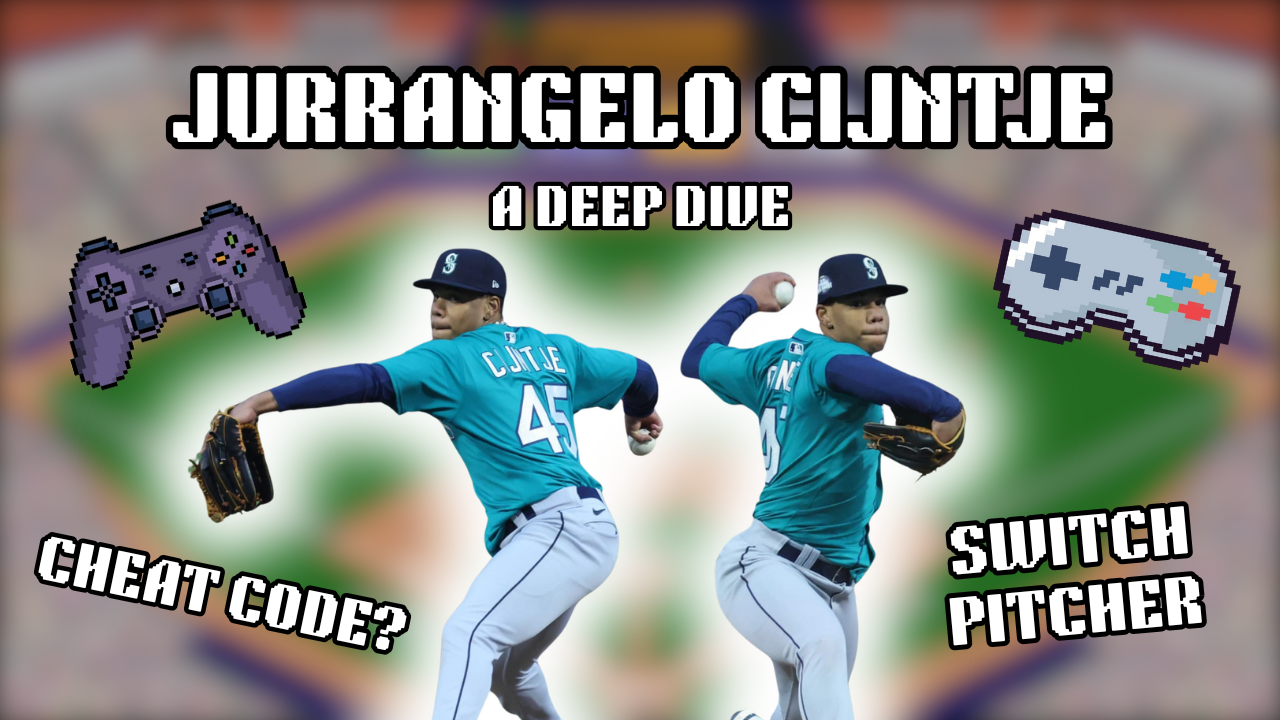
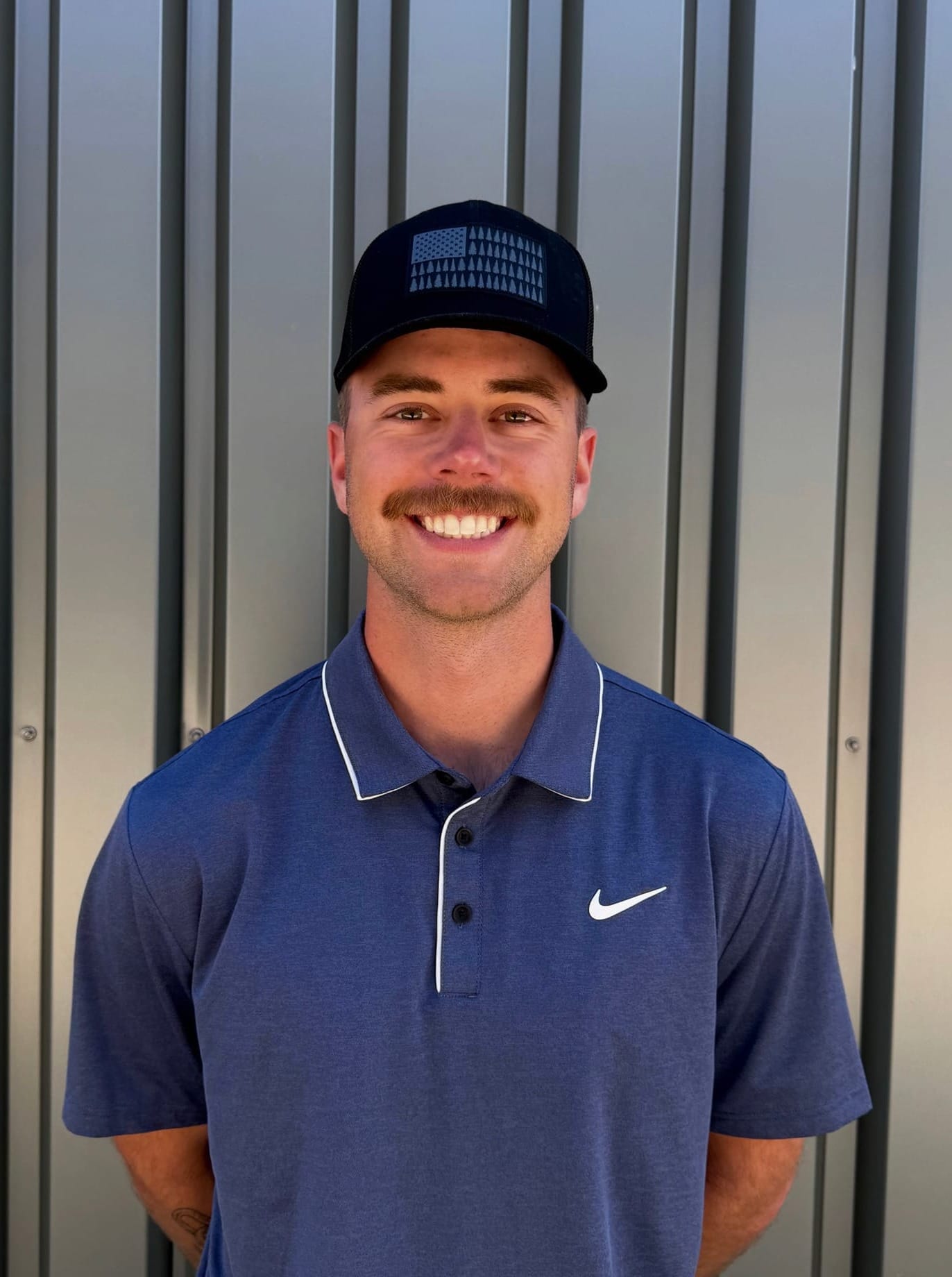


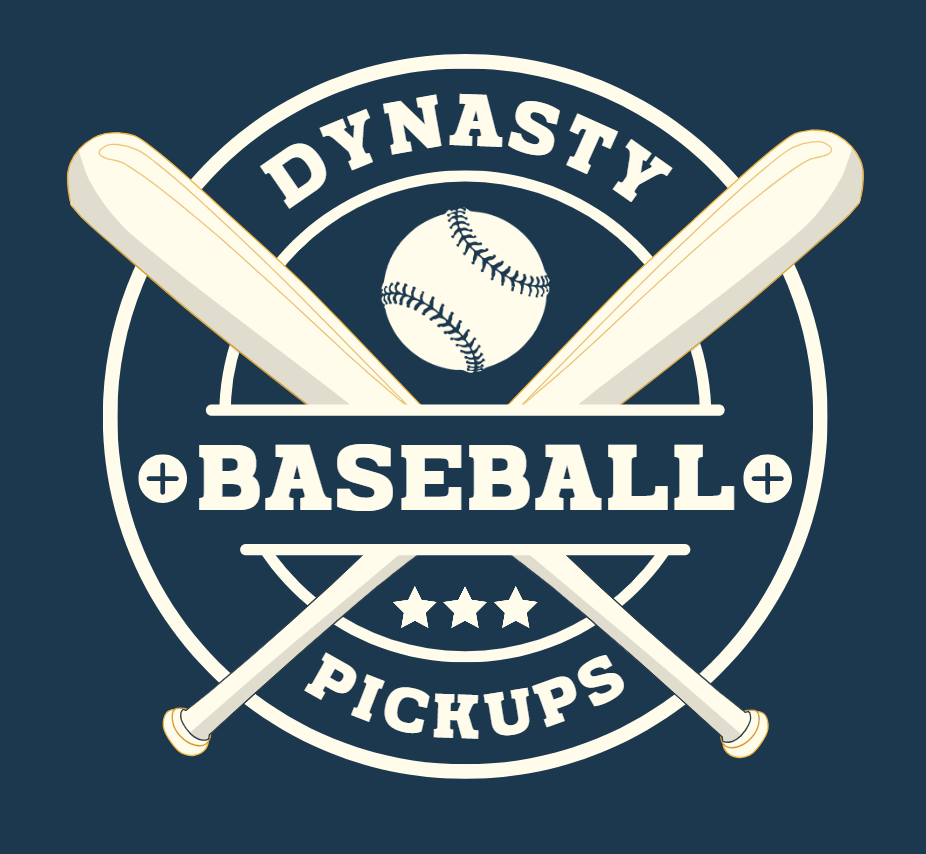
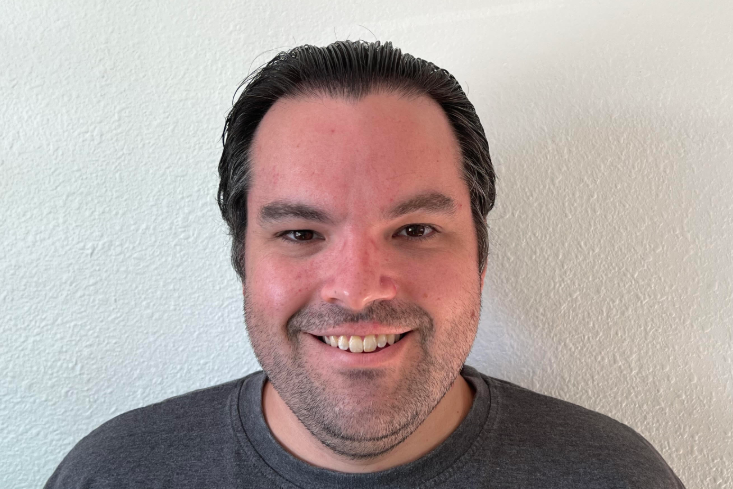
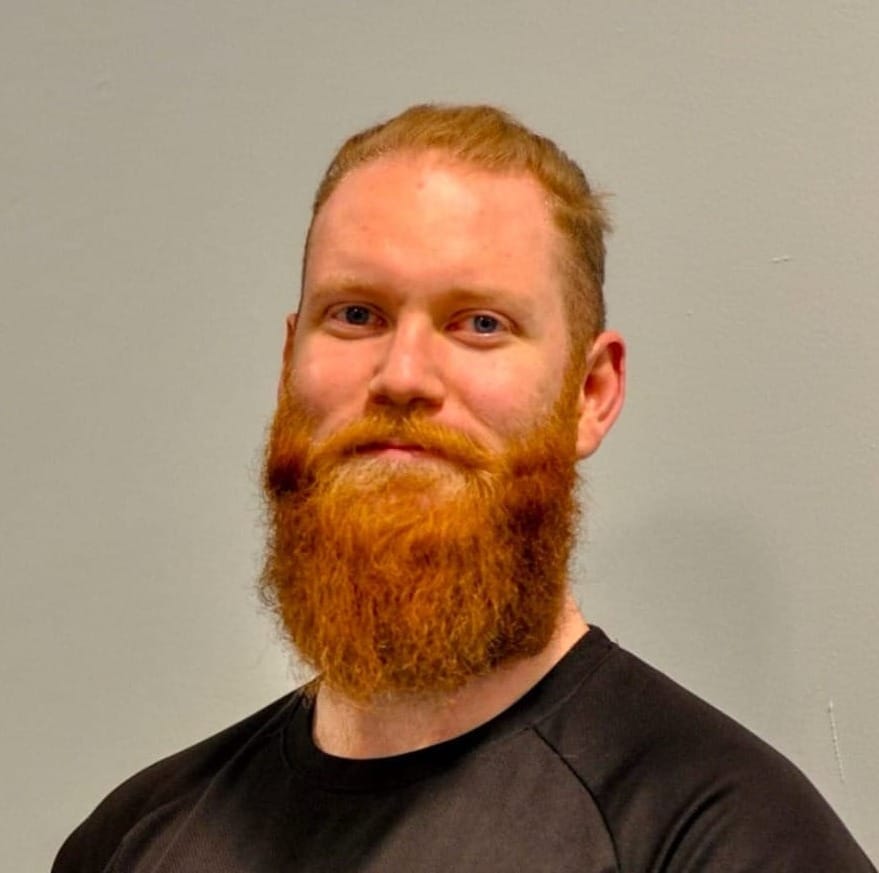
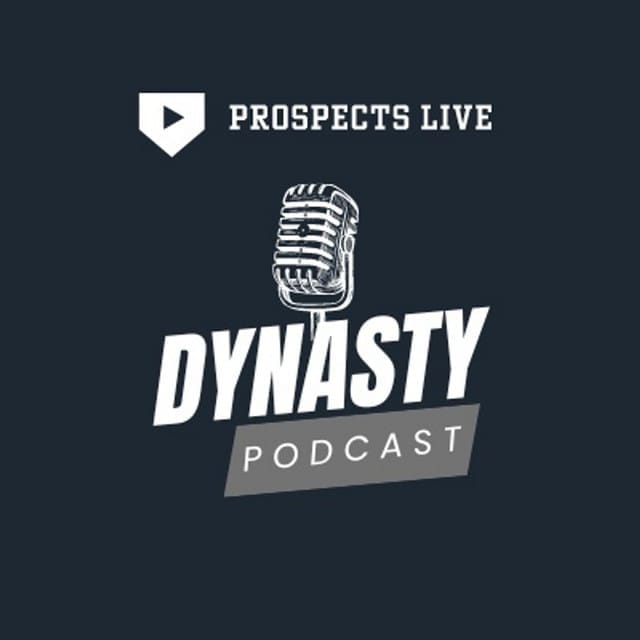

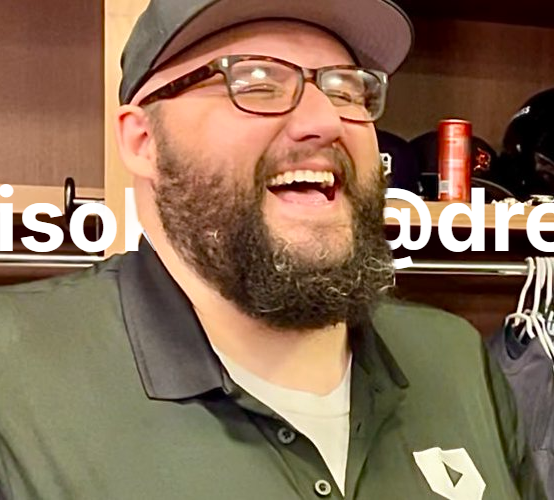
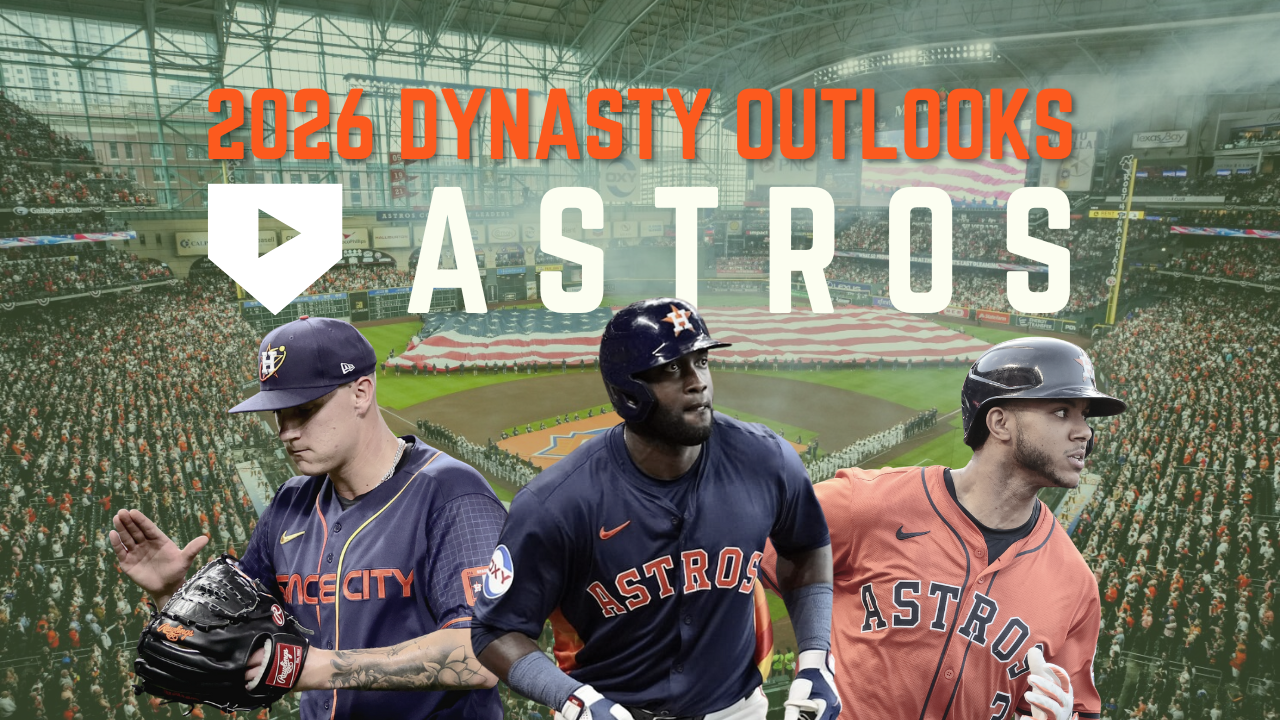

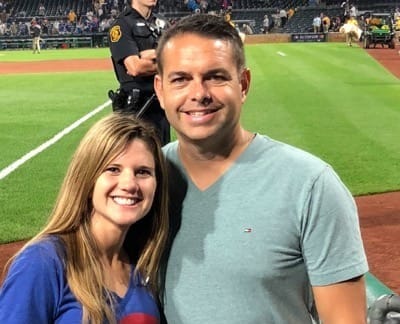
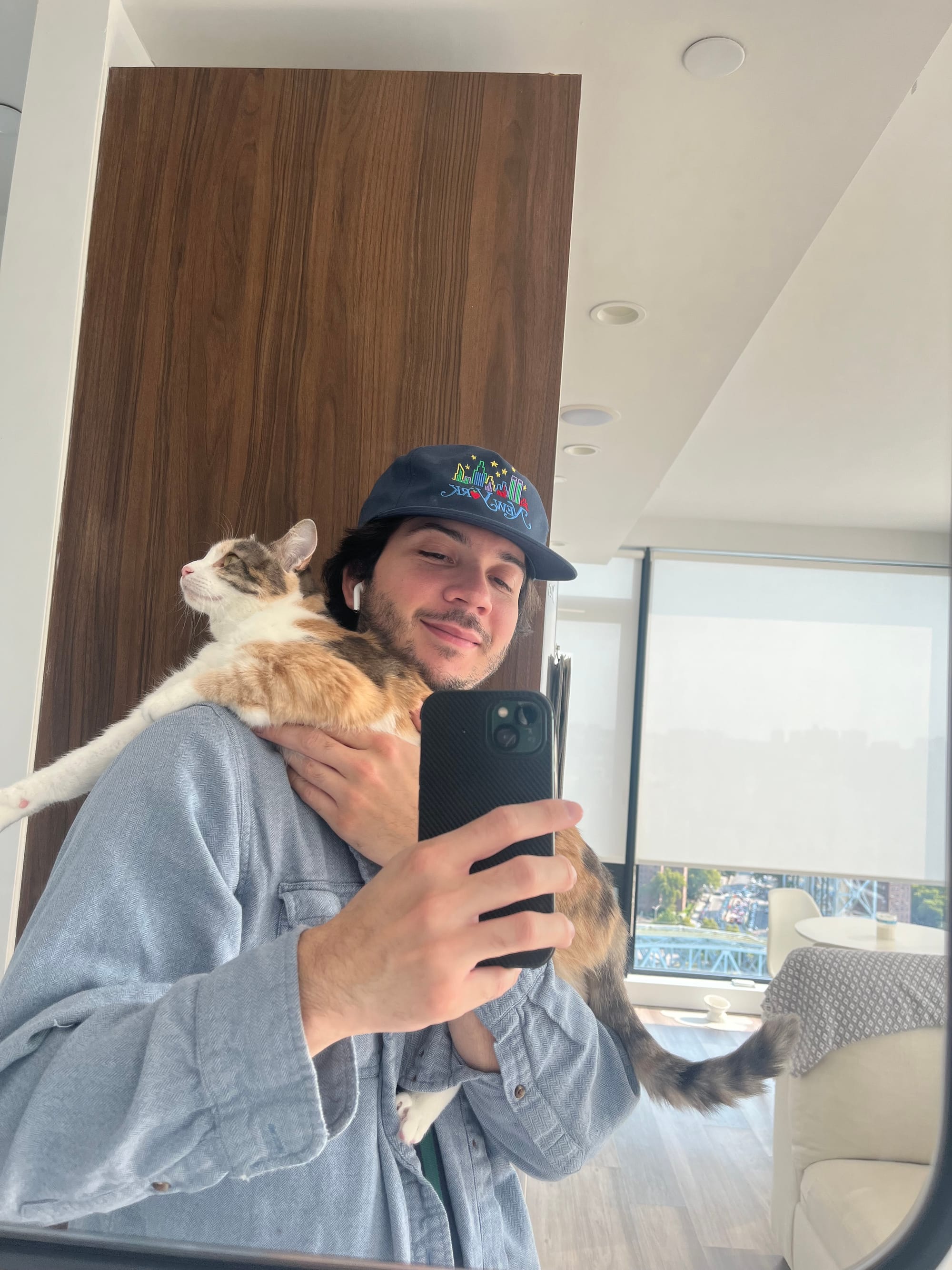
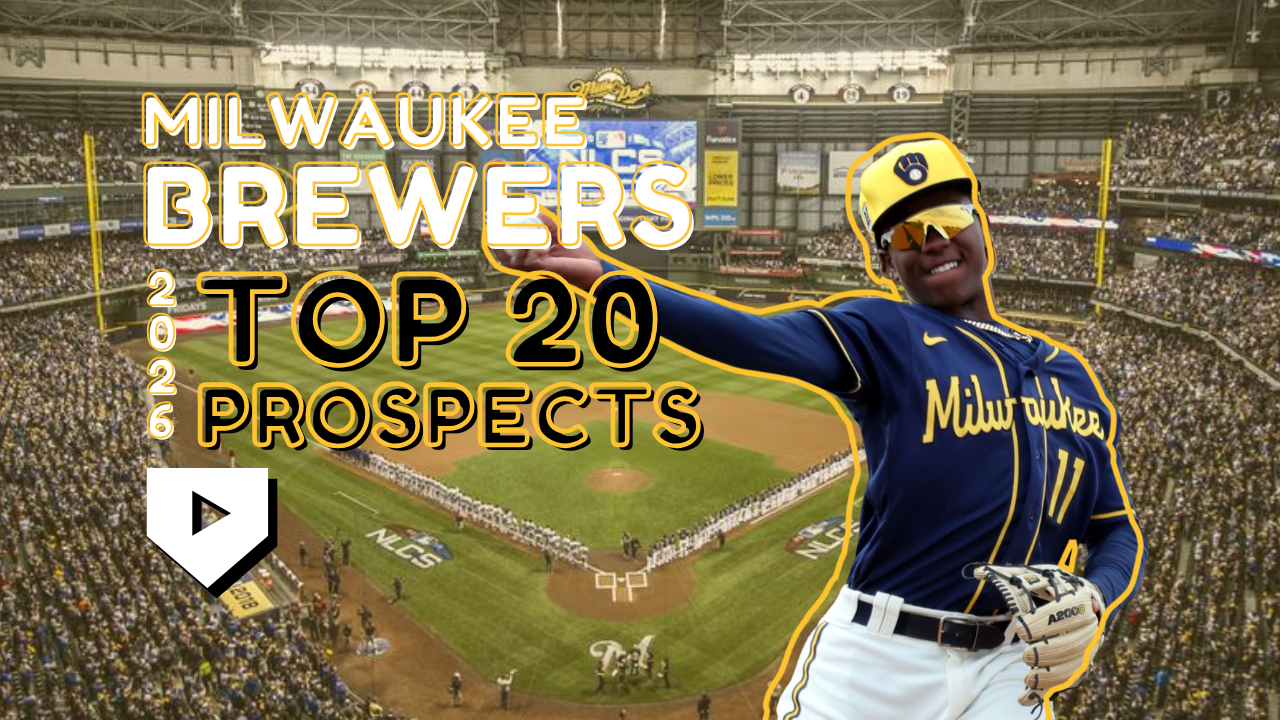
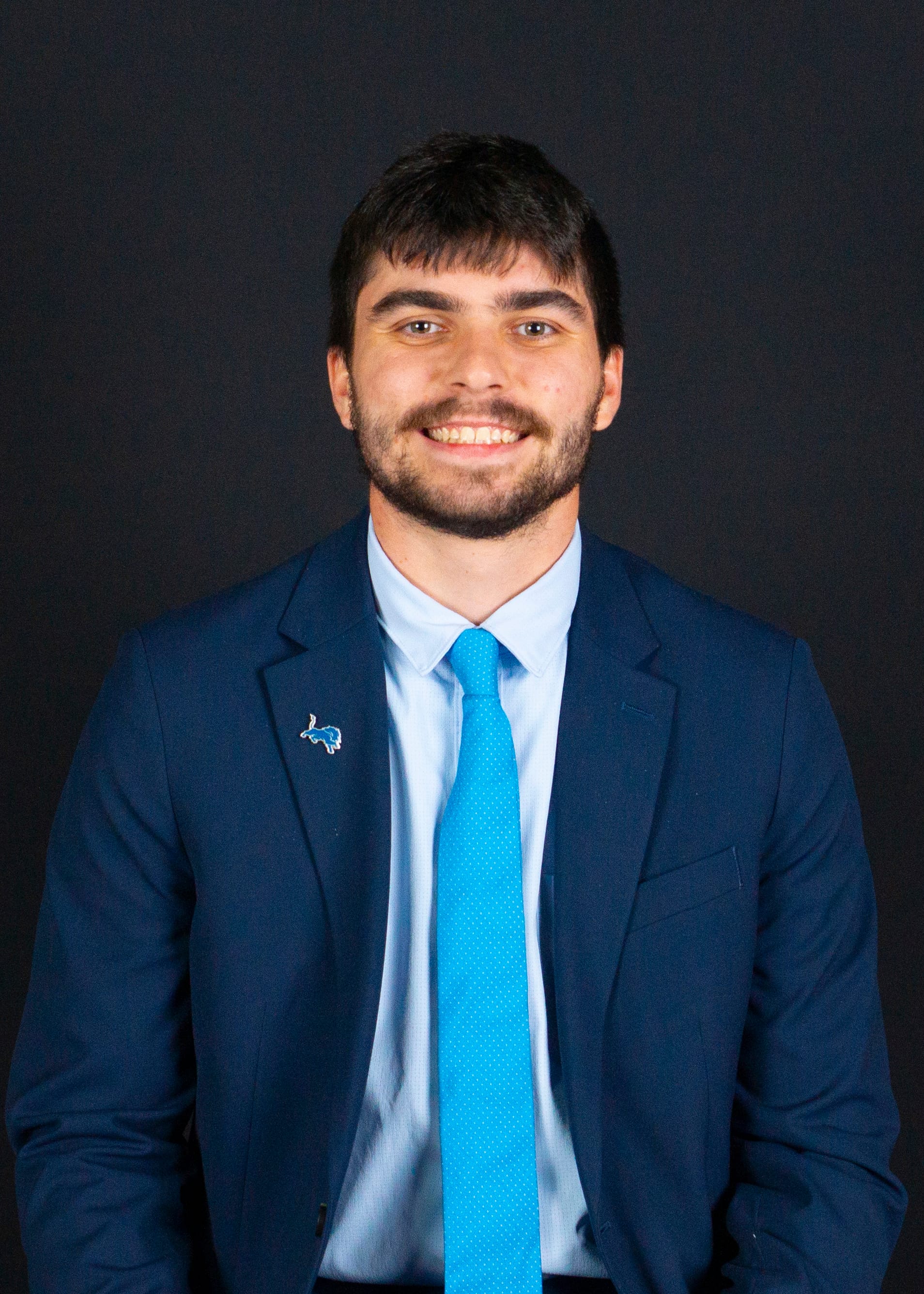

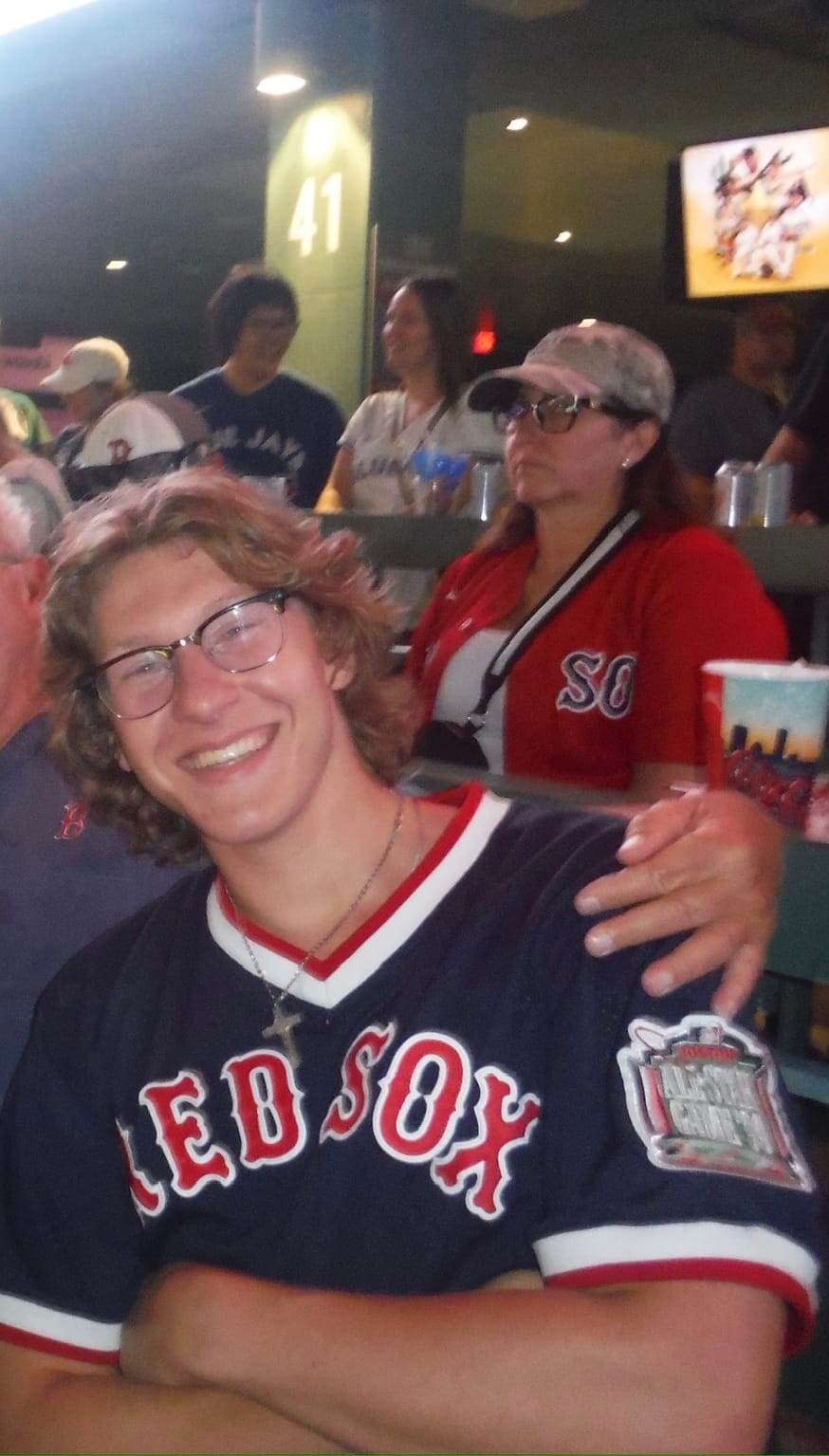
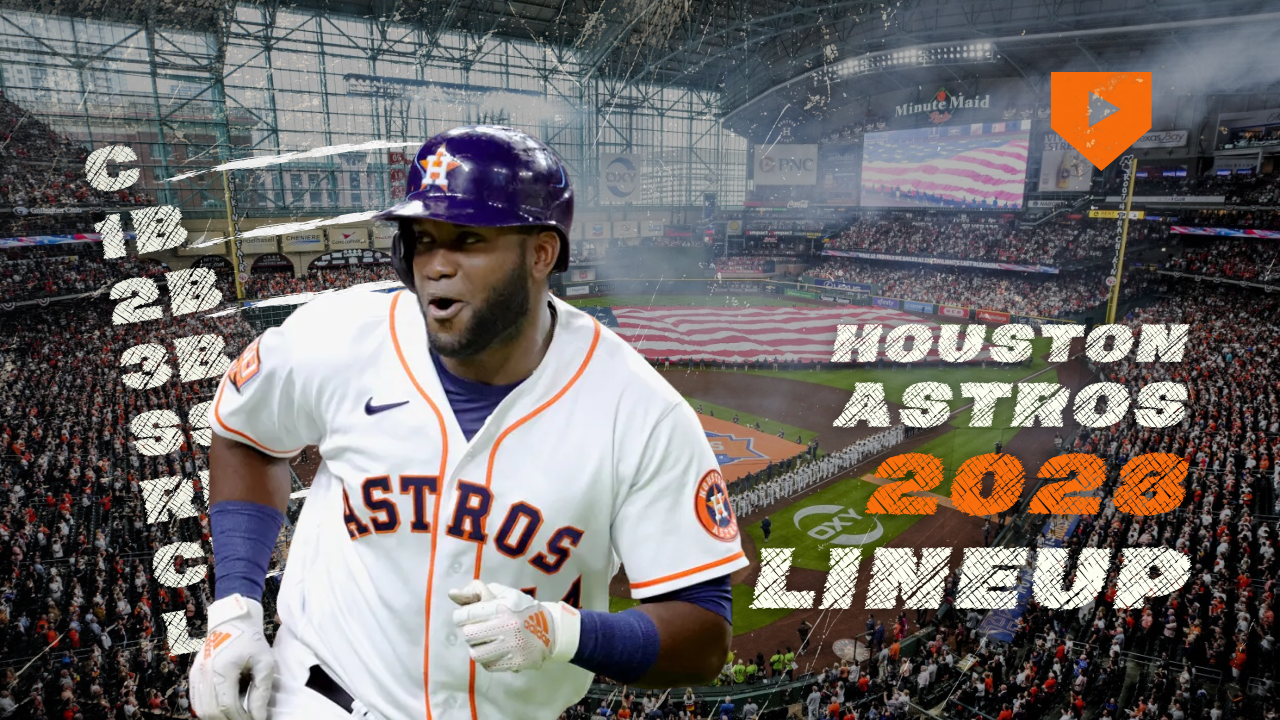

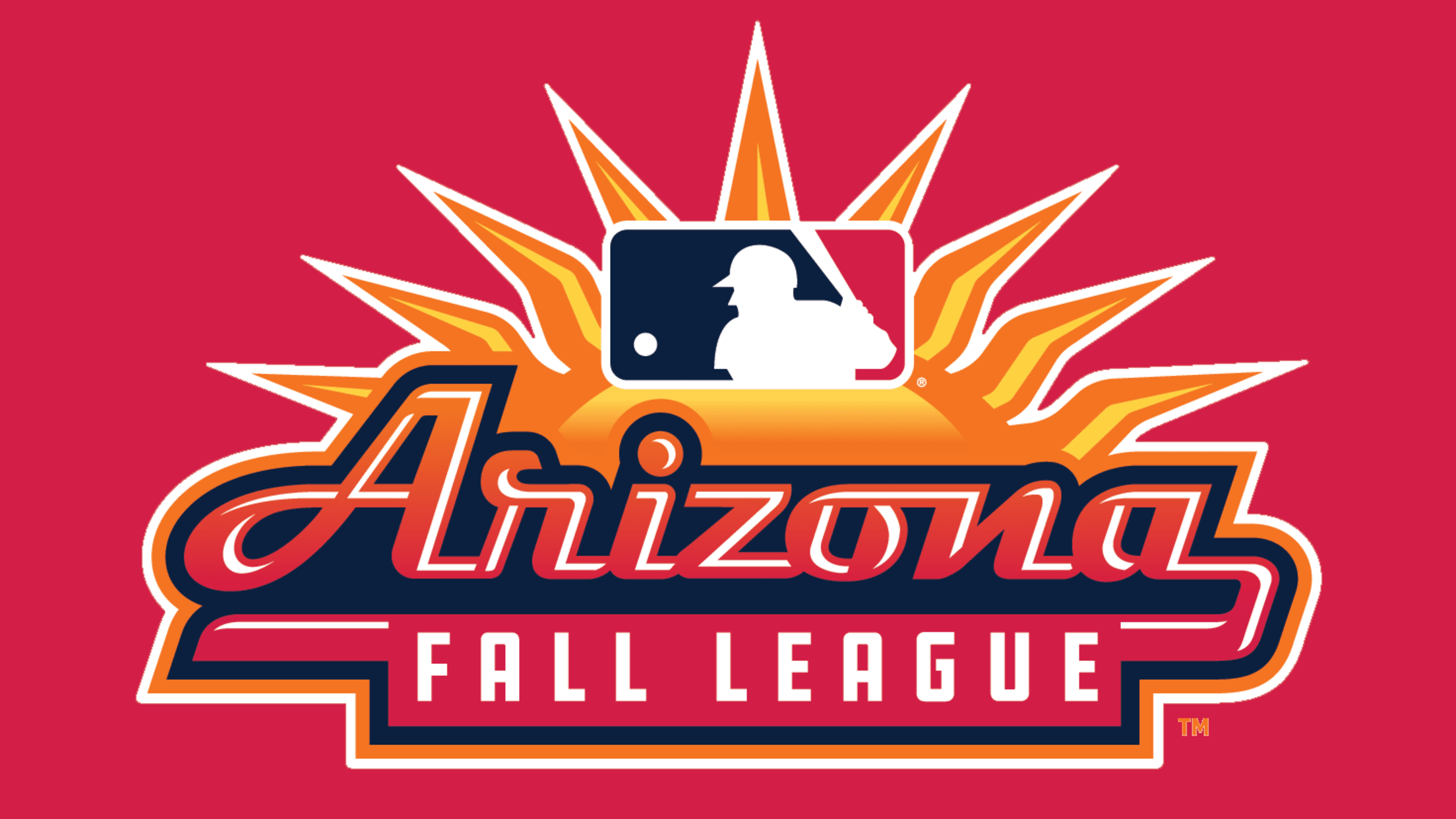
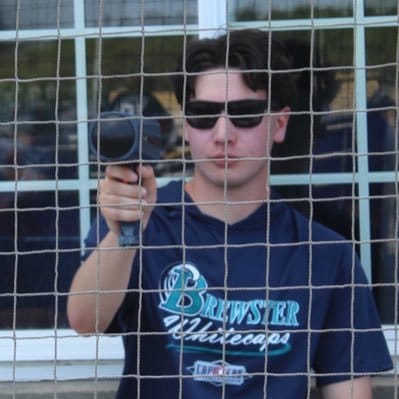
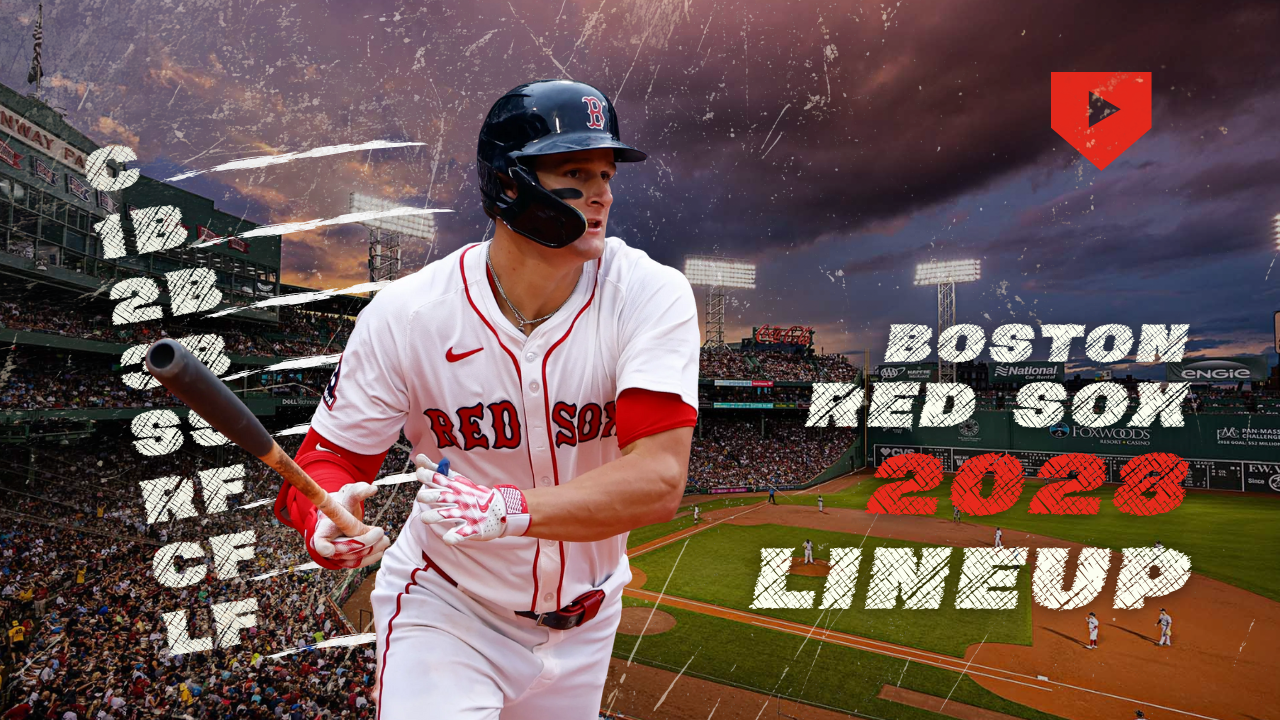
Discussion